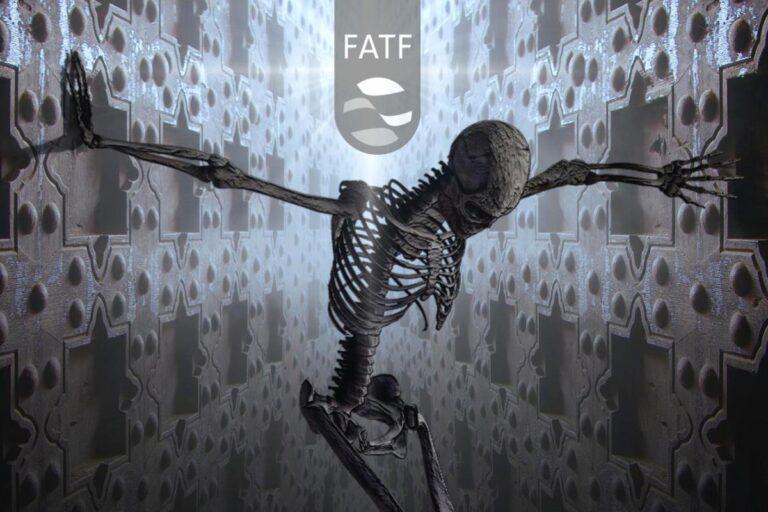
Terrorist Financing in the Art and Antiquities Market
The market of art, antiquities and other cultural objects has attracted criminals, organised crime groups and terrorists to launder proceeds of crime and fund their activities. Criminals seek to exploit the sector’s history of privacy and the use of third-party intermediaries while terrorist groups can use cultural objects from areas where they are active to finance their operations.
The vast majority of market participants do not have a connection to illicit activities, but there are risks associated with these markets and many jurisdictions do not have sufficient awareness and understanding of them. This results in a lack of investigative resources and expertise, and difficulties with pursuing cross-border investigations.
The report includes a list of risk indicators that can help public and private sector entities identify suspicious activities in the art and antiquities markets, and also highlights the importance of rapidly identifying and tracing cultural objects involved in money laundering or terrorist financing.
The report includes some good practices that countries have taken to address the challenges they face, including the establishment of specialised units and access to relevant databases and cooperation with experts and archaeologists to help identify, trace, investigate and repatriate cultural objects.
The trade in art, antiquities and other cultural objects is a billion dollar industry. It is one where individual objects can attract high prices and where there is a culture of privacy and discretion regarding the identity of buyers and sellers. The market has attracted criminals, organised crime groups and terrorists who seek to launder proceeds of crime and fund their activities. The use of cash, third party intermediaries, shell companies and other complex corporate structures in relevant transactions also represents relevant illicit finance vulnerabilities. While certain jurisdictions and market participants proactively implement measures to mitigate these risks, many do not take effective action.
This Financial Action Task Force (FATF) report is the first to focus on money laundering and terrorist financing linked to art, antiquities and other cultural objects. It highlights how many jurisdictions need to improve their awareness and understanding of the risks associated with these markets and provides advice on how to mitigate the vulnerabilities identified. The markets for art, antiquities and other cultural objects are diverse in size, business models and geographic reach. Most are relatively small and the vast majority of participants have no connection to illicit activity.
Nonetheless, a number of cases over the past decades have demonstrated that criminals, including money launderers, can exploit these markets. Pieces of art or cultural objects can attract high prices, retain their value, be purchased in cash on behalf of someone else, and be discreetly transferred between people and businesses before being sold for ‘clean money’. The relative ease with which small objects of high value, such as antique coins, can be transported across borders also makes them attractive to launderers. Illicit funds laundered through these markets are generated from crimes that cause significant harm to society, including corruption, drug trafficking and financial crimes.
This report outlines typical money laundering methods in the sector, which include hiding or transferring illicit proceeds by concealing the identity of the true buyer, under or over-pricing items, and the use of fake sales or false auctions. It also identifies a number of proceeds-generating crimes that occur within these markets, including art forgery, fraud, theft, and illegal trafficking. Terrorist financing is another risk for those working predominantly in the markets for cultural objects. ISIL notoriously pillaged important archaeological sites in Syria and Iraq, using sales proceeds and taxes
Source: i-aml





